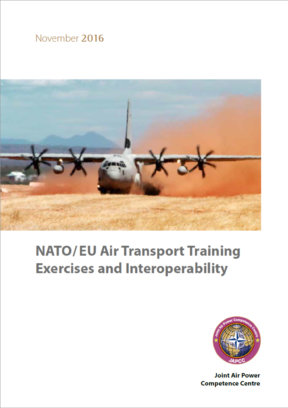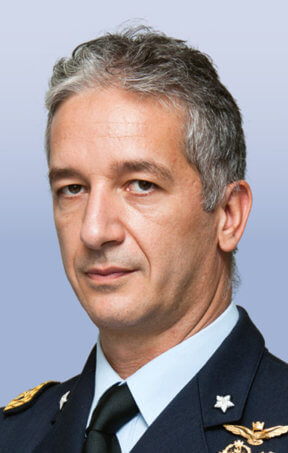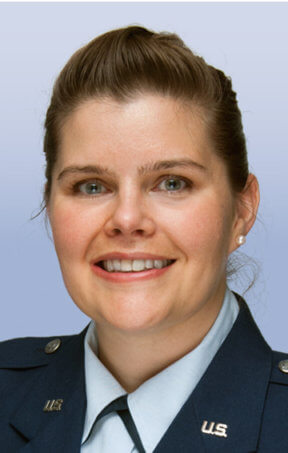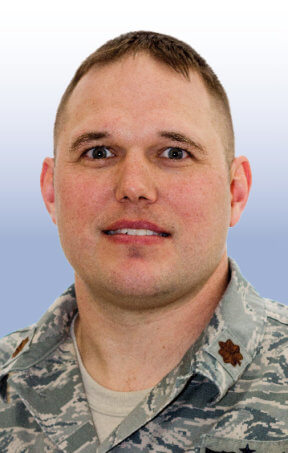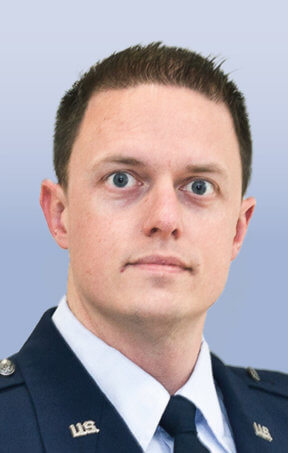Introduction
‘If I had a wish list, it would be more ISR capability, more airlift or more rapid global mobility, particularly with respect to air-to-air refuelling. I encourage things that will give us better interoperability among equipment that we have.’1
General (ret.) Frank Gorenc, USAF
Air Transport (AT) allows a military to deploy, employ and redeploy forces and equipment quickly, sustain those forces, and support effective application of military effort. The speed and flexibility of airlift make it the preferred means of transport in support of many military and humanitarian operations.2
Objective
The objectives of Air Transport are contained in the preface of the Allied Tactical Publication (ATP) 3.3.4 Volume 1 as follows:
‘AT enables the global, regional, and local movement of personnel and materiel, both military and civilian. With acknowledged limitations in payload compared with other modes of transport, it is a fast and versatile way to deploy, sustain, and redeploy forces.’3
‘AT is a fundamental enabler of rapid movement of forces especially when ground threats or terrain features or conditions (weather or security) hamper freedom of movement. Due to its quick reaction, speed of execution, and global range, AT also offers the most effective means to enable and sustain the rapid, even decisive, projection of air power to distant theatres and remote locations.’4
‘AT operations range from the small-scale insertion of special forces to full-spectrum airborne operations, which enable concentration of combat power at high tempo. Moreover, a credible capability to conduct airborne operations will force an opponent to reserve and confine a number of forces in order to counter this potential threat to its vital assets. An airborne operation capability constitutes an important element of coercion, diversion and surprise.’5
‘AT is vital for aeromedical evacuation from austere locations. Where risks to life in combat are high, intra- and inter-theatre AT strongly underpin the moral component of fighting power; it is often the only way to get wounded soldiers to specialized medical support in time to administer life-saving treatment.’6
Aim and Scope
This AT Assessment is an analysis of the most current programmes for AT training, standardization and interoperability and examines the appropriate range of AT training, from initial to advanced, that the Nations are currently supporting collectively. This study provides a practical example of how to implement the Smart Defence and / or Pooling & Sharing concepts through common AT training initiatives under the NATO / EU umbrella which could fill existing gaps and serve as a cornerstone for NATO AT standardization and interoperability improvement while avoiding duplication of effort.
Although this study focuses on efforts within Europe, the findings and recommendations are applicable to the entire Alliance. The 2011 JAPCC AT study primarily analysed NATO’s current and future AT capability but did not highlight training, exercises, or interoperability.7 Also, the previous study looked at Air Transport solely from the NATO perspective. It did not go into detail on the important work the European Defence Agency (EDA) and European Air Transport Command (EATC) are doing to improve AT for their member nations and ultimately for the Alliance. For the purposes of this study, AT refers to both tactical and strategic fixed-wing AT but does not address the important role helicopters and tilt-rotor assets play in air logistics.8
Methodology
The information in the study was gathered at various NATO, EATC and EDA meetings and through national responses to a JAPCC questionnaire. This questionnaire was sent to the Air, Mobility and other relevant National Military staffs in the 28 NATO Member Nations. The questions covered a number of topics including AT training, exercises, and interoperability. (A copy of the questionnaire and a summary of the responses are provided in Annex B). Recommendations did not have to be proposed by more than one Nation to be considered noteworthy. Rather, they are included based on their merits and possible effects on future operations.

